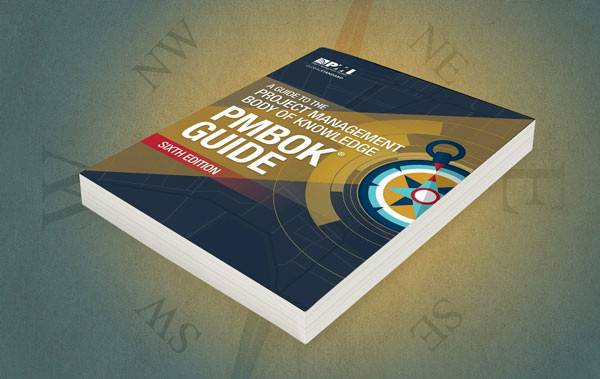Episode transcript The transcript is generated automatically by Podscribe, Sonix, Otter and other electronic transcription services.
Ricardo (4s): Hello, everyone. Welcome to the five Minutes PMBOK Podcast one thing I wanted to share with you, its about the reading of the PMBOK Guide of course. If you take a look on this 700 pages of the Guide of course you become a little bit scared and you see all God, I need to read all that. So let me explain to you first. You need it. Do you understand that the PMBOK Guide it's not a novel, it's a standard. So it's not the book for you learn project management by reading it. So it's divided in technical content. That will be easier for you to look forward in the future if you need some kind of reference.
Ricardo (48s): So basically the current PMBOK Guide is divided in three main parts, three main chance of knowledge. The first one is part one part. One is divided into 13 chapters. Chapter one is an introduction of project management explaining why, what is project management? So trying to give you an overview in the sense of what project management is, chapter two, it's about in the environment where projects open up great, its to talk a little bit more about that. The organization and the types of organizations, where the projects happen. Chapter three, it's a new one. It's a chapter talking to bolt the project manager Hello so is she or he?
Ricardo (1m 33s): That is leading the project then chapter for up to 13, it's about The 10 knowledge areas starting on integration, chapter four and stakeholder management chapter 13. The second part is this one thunder of project management is the answer to norm have project management. That is basically on the concepts of part one, but hear what's the difference between park one and port to port. This one, most of the content is divided into knowledge areas. Why not? In part to most of the content. This is divided into process groups, initiation, planning, execution, monitoring, and control in closing.
Ricardo (2m 21s): So is from the beginning to the end. Finally, part three, its the appendix with different sets of information. That compliment part one and part two. So what I suggest you to do, if you want to read an understand the PMBOK, most of you will think of, should I read from page one to page 700? No. My suggestion is that you read the first chapter, one of Bart, one, the introduction then chapter two of part one, then chapter three of part, one about the project manager so far so good.
Ricardo (3m 0s): So you're reading in a normal way. So your reading from the first page, ah, to the following page, but then when you see chapter four, you will stop reading. You will not reach up to four. You will jump into part too. And then you read the food part two, the six chapters of parts you, where are you will see from the beginning to the end. As soon as you finish up part to you go back to chapter four and read from chapter 14 to 13 and you finish by reading part three on their appendix.
Ricardo (3m 40s): Why I'm suggesting you to do that because if you read chapter four or five, five, six, seven, eight, nine, 10, 11, 12, and 13, you read focus areas of the project. What do you mean? We will not read how a project is undertaken? So part two you will, for example, imagine that chapter 11, you're talking about risk and chapter six about scopes. So you will say, Oh So scope. I need to take care of scope before risk. This is not true because in reality, all that 10 knowledge areas happen almost all the time. Imagine that in your table, you have 10 pieces of paper that you need to manage all the time together.
Ricardo (4m 24s): This is why it's important that you read part two, because part to is this follow the process from the beginning to the end of a project, Dan, you go to the area's and understand each of the process you do in each area. But then you will have an idea of the timing. So you will not do all integration. Chapter four is to then start scope. And this is a very important concept. This is why most of the people read it and the PMBOK, they struggle to understand that upfront what's going on. And it says exactly because of this lack of understanding. So think about that. Okay. When you were reading the PMBOK read first part two, after reading the introduction of part one, and then you come back and I said this four, the first time in two minutes, 18 years ago, I said about that and this was the way I was studying when I was learning the PMBOK Guide so think about that.
Ricardo (5m 24s): OK. I hope this can help you to manage your challenge of reading the PMBOK in a much more easy, understandable way. OK. Have a wonderful, so we can go ahead and see you next week. Another five minutes. Bam. Podcast.

